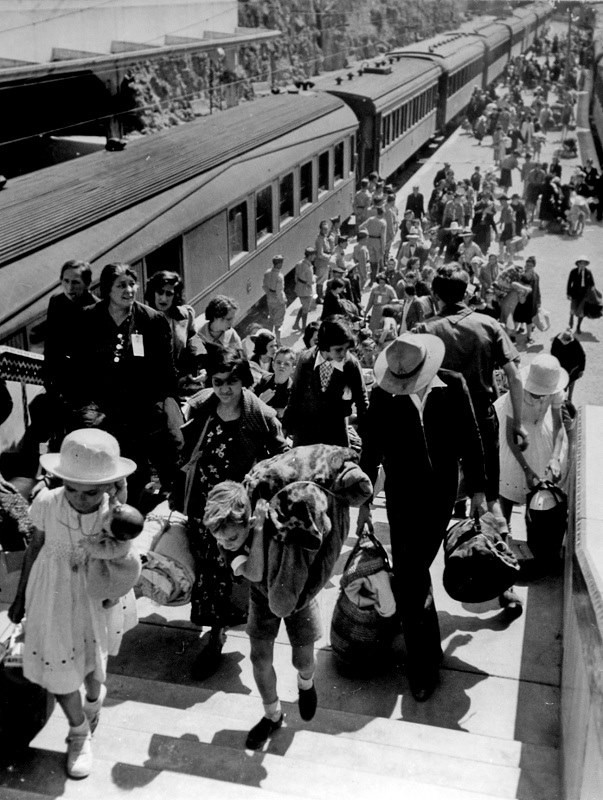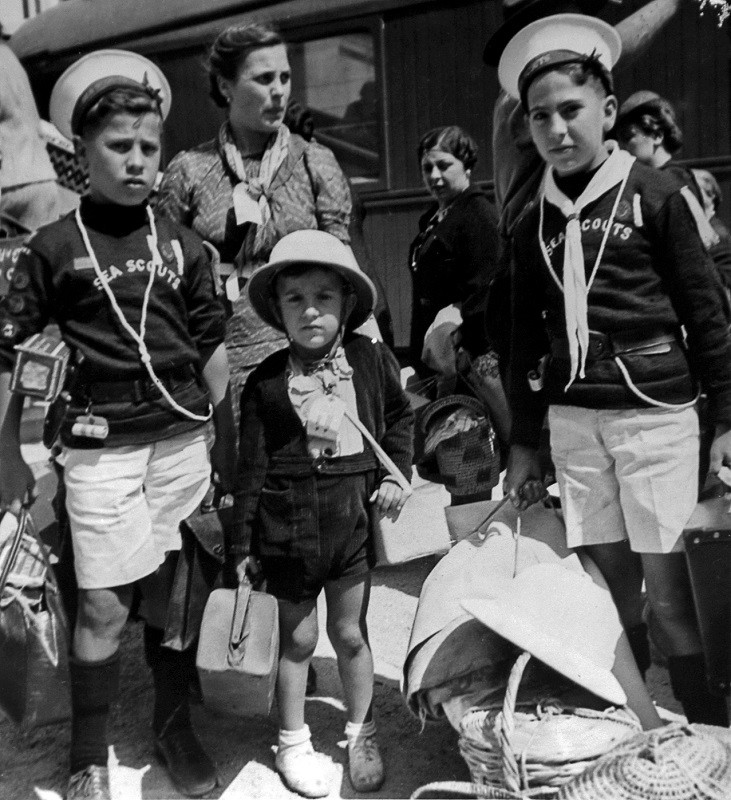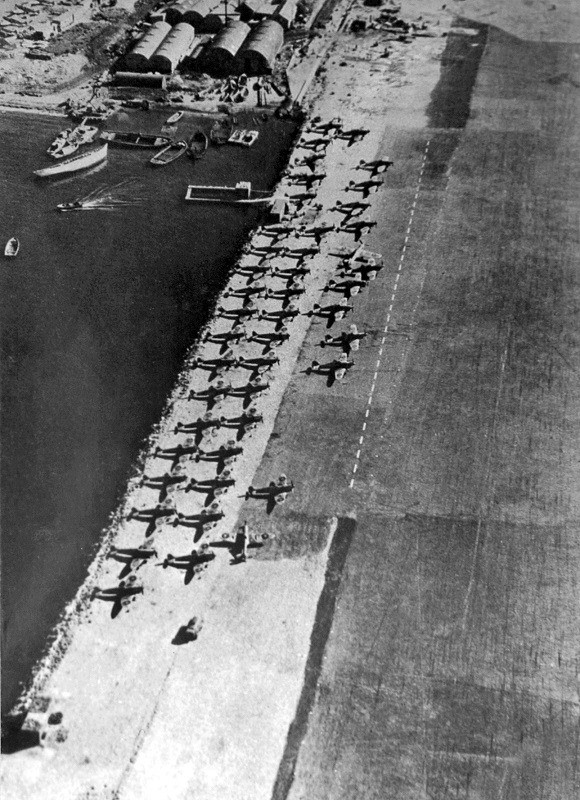Victory in Europe Day
Victory in Europe Day
Today’s VE Day public holiday marks the 75th anniversary of the formal acceptance by the Allies of Nazi Germany’s unconditional surrender of its armed forces on 8th May, 1945. Although the Second World War was not yet over, as Japan did not surrender until 15th August, millions of people throughout the western world took to the streets in celebration, particularly in the United Kingdom and United States.
Gibraltar’s role during World War II exemplified the Rock’s position as a British fortress since the early 18th century and as a crucial factor in British military strategy, both as a foothold on continental Europe, and as a bastion of British sea power. Gibraltar served a vital role in both the Atlantic and Mediterranean Theatres, controlling virtually all naval traffic into and out of the Mediterranean Sea.
Inside the Rock itself, kilometres of interconnected tunnels were excavated from the solid limestone, creating an underground city which included barracks, kitchens, offices and fully equipped hospitals. This network of tunnels served to further fortify Gibraltar, particularly against air raids.
Operation Torch, the crucial Allied invasion of French North Africa in November 1942, was coordinated by American General Dwight D. Eisenhower from inside these tunnels in Gibraltar, giving further evidence of the important role the Rock had to play during World War II.
However, Gibraltar’s pivotal role in ending World War II, would carry a hefty price – the evacuation of its civilian population. The British military feared that Hitler, with the consent of Spain’s General Franco, would launch an attack to capture the Rock, and so Governor Clive Liddell decreed that in the event of attack, “the fortress came first” and that all “useless mouths” would therefore need to be moved elsewhere. Every woman, child and elderly Gibraltarian were forced to leave the Rock at the drop of a hat with whatever they could carry and without knowing where they were being taken or when they would return to their loved ones who would stay to work on essential jobs for the military. 13,500 Gibraltarians were initially shipped to Casablanca in French Morocco but had to leave shortly thereafter following the capitulation of the French. Together with even more evacuees, they were later taken to London (despite Londoners themselves being evacuated from the capital), Northern Ireland, Madeira and even as far as Jamaica.
In Gibraltar, it was surely the Gibraltarian men, who had stayed behind to service the military, and the evacuees themselves (the last of whom were not repatriated until 1951) who would have been most euphoric upon receiving the news of VE Day.

Gibraltarian evacuees.

Gibraltarian evacuees.

Aircraft assembled at the airfield in Gibraltar in preparation for Operation Torch, the Allied invasion of North Africa.
Published: May 08, 2020
Other similar VM - Military History
VM - Military History
military history fraternising in gibraltar - an incident during the south african war (unknown artist)
Published: April 05, 2020
18-20 Bomb House Lane
PO Box 939,
Gibraltar
